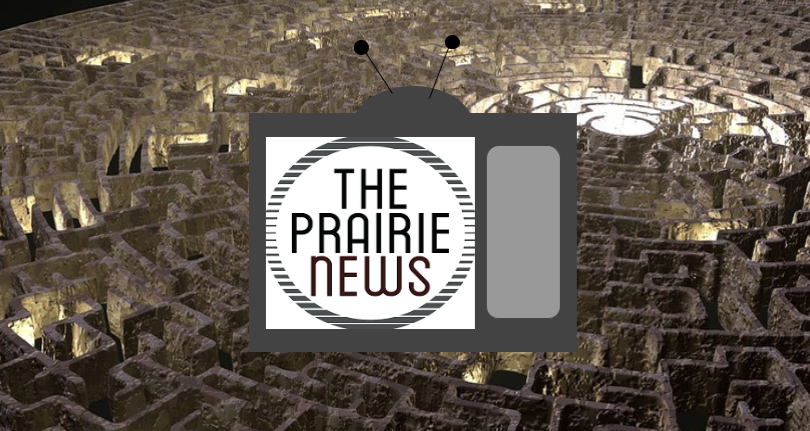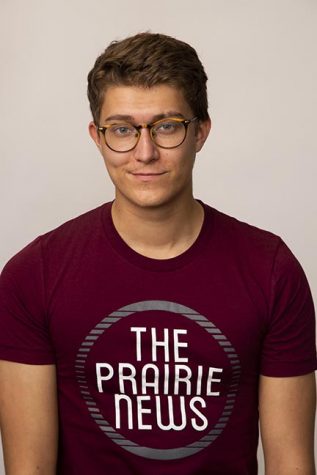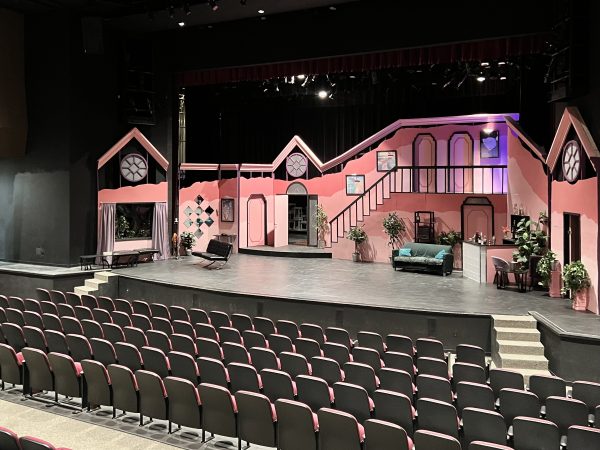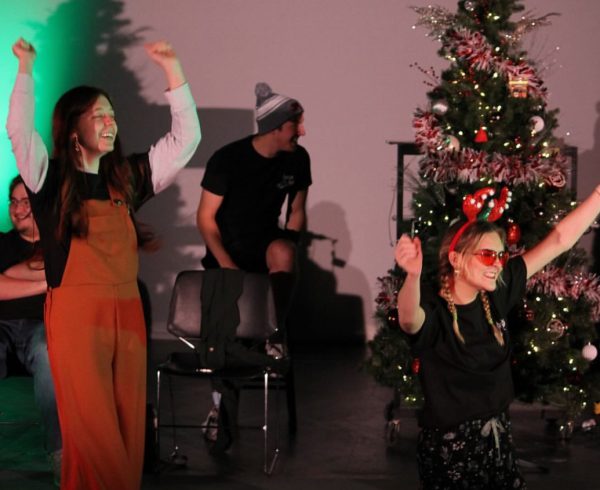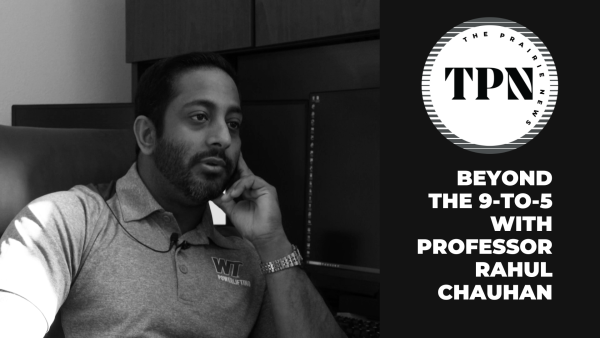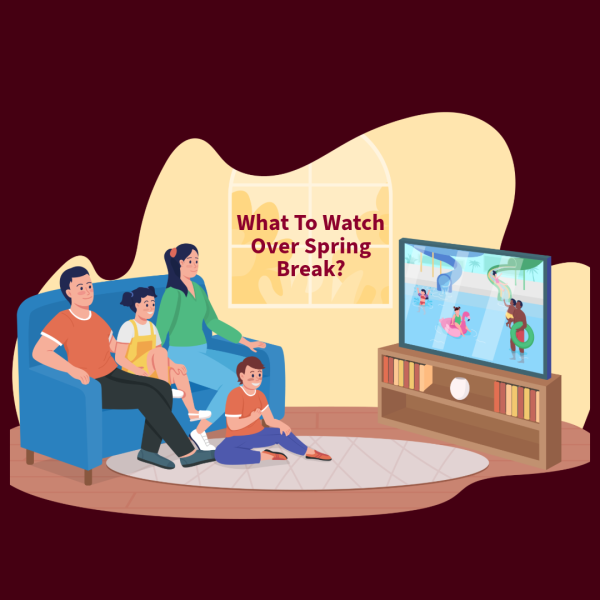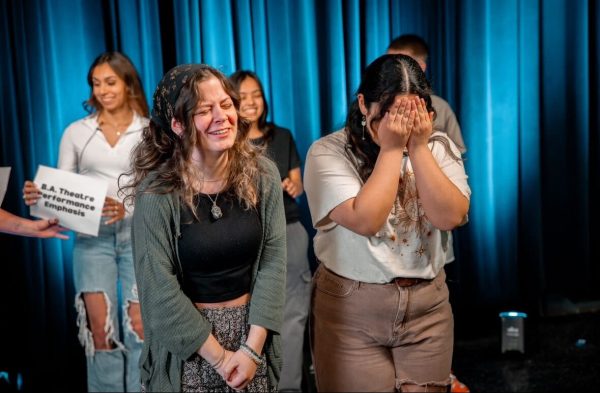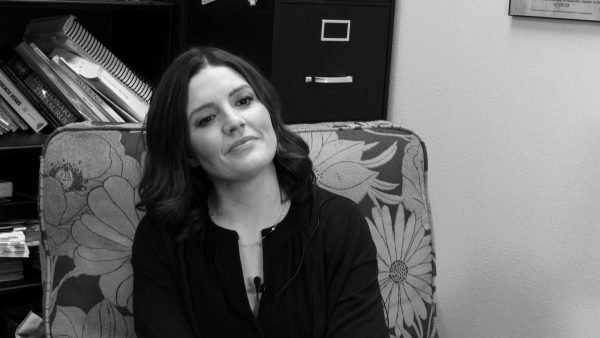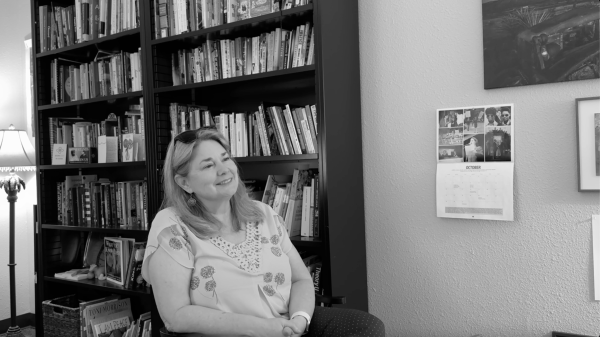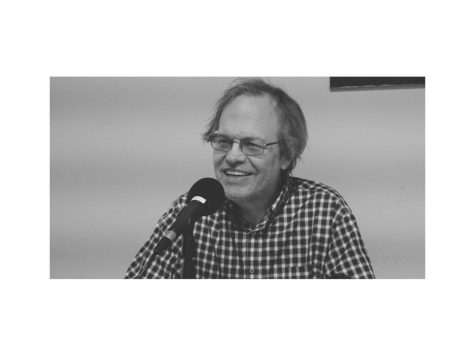Op-Ed: Please watch Labyrinth
September 12, 2021
Netflix recently added a long list of new and old titles to its United States roster, among which was the 1986 classic fantasy musical adventure film “Labyrinth” directed by Jim Henson of “Sesame Street” and “Muppets” fame and based on the fantastical artwork of Brian Froud. The film is in possession of what one calls a cult following, but this new Netflix presence could be the beginning of a larger fanbase. The film, in my opinion, is worthy of one.
Largely critically panned upon arrival in theaters, “Labyrinth” now emerges, 35 years later, as a bastion of practical film making, visual innovation and courageous creative decisions. The plot is simple and straightforward, allowing the sets, scenarios and situations to be injected with as much visual engagement as possible without everything getting too complex. The film follows Sarah, a young teenage girl, through the labyrinth of Jareth the Goblin King, which she must traverse in order to reclaim her infant step-brother Toby, before he is turned into a goblin. This set of events is brought about by her petulant, teenage angst, but Sarah does not lose all relatability or charm. It is here, in fact, that I believe Labyrinth has a new way of engaging current audiences.
Beyond being an accurate teenager in every sense, regardless of decade, Sarah is a stand-in for everyone frustrated by limitations and the sense of incoming but slow-moving change. “It’s not fair!” She repeats throughout the film, as adults, goblins and time-altering demons manipulate her world in their favor. It’s an emotion that, though always applicable to the human condition, feels especially poignant now. The whole story–a frustrated young woman, locked inside with unwanted responsibilities, who uses irresponsible fantasy to escape, must fight her way out of her own dreams in order to reclaim those responsibilities and control her inner demons–is strangely timely.
Sarah’s action, to call upon the Goblin King, the main antagonist from the book she obsessively recites, through a story she tells Toby, in which she integrates herself as the King’s love interest, basically makes this a story about dangerous fan-fiction, and who now can’t relate to wanting attention from their favorite television bad boy? There’s a layer of interest for everyone, even if you just enjoy hearing David Bowie say “baby.”
The music, as composed by Trevor Jones and Bowie is harmoniously performed by the latter, and accosts the ear with an unapologetic current of eighties sounds that will either ring true or hollow depending on your preferences, but “Magic Dance” is irrefutably fun. The visuals, as stated, are breathtaking; every shot is a masterclass in composition and puppeteering. Henson is in rare form. The set design is gorgeous and impeccable. The special effects rendered no less magical by modern computer graphics. Matte paintings, practical puppets, mesmerizing contact juggling–absolute tangibility aside from a digital owl and one scene with questionable blue screen. I’d dare anyone to identify where the set ends and the matte paintings begin, or to explain exactly how each puppet makes every micro expression.
The plot is meager, the climax a bit dull, but all in all this movie deserves attention and respect. Like “Avatar: The Last Airbender” and “Community” before it, Netflix has given us the chance to reintroduce key artistic works back into the culture and that’s what we should do with Henson.
Also watch “The Dark Crystal” so Netflix is forced to give us a second season of “The Dark Crystal: Age of Resistance.”



